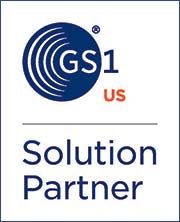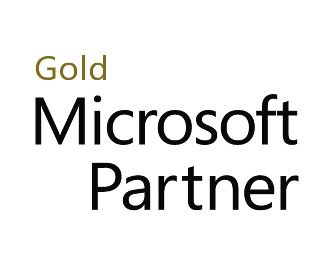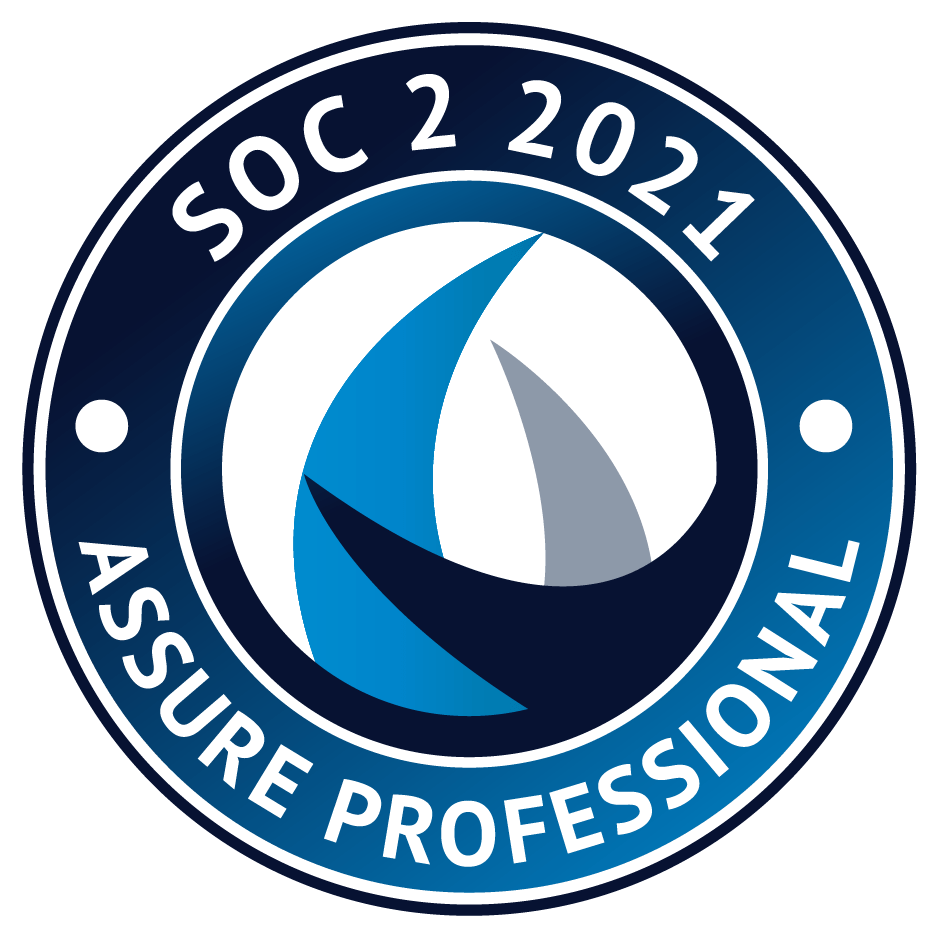By Paul Rakowicz, Vice President of Software Development
In my previous blog, I wrote about the birth of Agile. Today let’s think about the natural extension to that: Agile Project Management.
And, really, it is a natural extension.
For once the Agile philosophy entered our world, how could project managers help but incorporate Agile principles into their project management frameworks?
Now when we speak of Agile project management, we shouldn’t confuse that concept with Agile software development frameworks. These include such things as SCRUM, an iterative and incremental framework for software development; pair programming (often referred to as Extreme Programming); Rapid Application Development (RAD) methods; and other similar things. These are all more connected specifically to software development itself, and not to the concept of overall project management.
The subject at hand, however — overall project management — takes into account a far greater breadth of requirements than the more focused, and thus more limited, software development frameworks.
One of these broader project management process-driven frameworks is the Project Management Book of Knowledge (PMBOK), which is popular in the United States.
Projects in Controlled Environments (PRINCE2) is another; it is popular especially in the UK, its country of origin, as well as around the globe.
The Dynamic Systems Development Method (DSDM) is also a project management framework, and is unique compared to PMBOK and PRINCE2 in that it was created from the ground up with Agile in mind.
Beyond these three recognizable project management frameworks, there are numerous other project management concepts — but the three mentioned here are the most common. In fact, when formal project management is required, it usually includes a certification requirement from one of these.
Given this, let’s focus our attention on them.
To begin, it is generally accepted that all three of these well-known project management frameworks can incorporate Agile principles. However, it is worth restating that only DSDM was designed for Agile. So of the three, it alone is considered by definition an Agile project management framework.
Nevertheless, with the birth of Agile, project managers had to contend with this new way of thinking, regardless of the project management framework they were using. Further, by sheer necessity, given the rising popularity of Agile principles in software development, they had to start incorporating Agile principles into their project management frameworks.
The Project Management Institute (PMI), publisher of PMBOK, provides much information through many different articles on how to incorporate Agile principles into their framework. Anyone using this method can find many resources at PMI to help.
For project managers using the PRINCE2 framework, much help for integrating Agile principles can be found on their website. Like PMI, they produce a great deal of information regarding Agile and incorporating it into their framework.
Project managers using DSDM can find everything they need to know on the DSDM website. As a project management method designed on Agile principles from the ground up, this group doesn’t so much teach how to incorporate Agile into their framework, but really is the definition of Agile project management.
This should be a good start to understanding Agile project management. To learn more about any of these particular methods, please visit their websites. To learn more about how Lowry Solutions implements Agile project management to deliver solutions to its customer base, contact us today.





